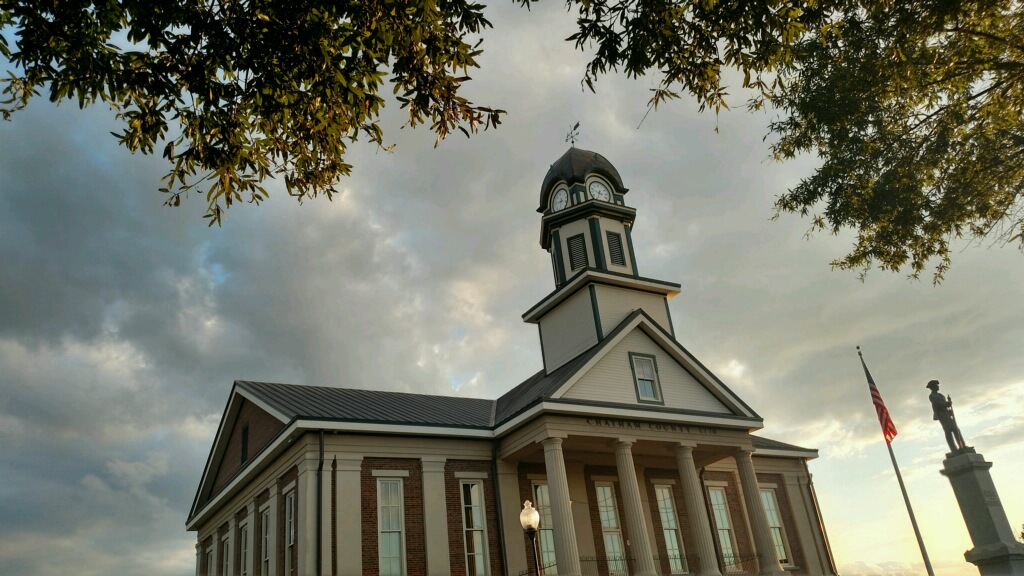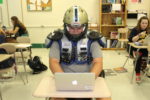Chase Miller/The Omniscient
In the news there has been an ongoing discussion of the Confederate flag and Confederate monuments. From the recent protests in Charlottesville, VA to those in Durham and Chapel Hill, people have been speaking up for the removal of Confederate monuments, while others are trying to keep them standing. There are a few local statutes, such as one in downtown Pittsboro, which was erected Aug. 23, 1907 and is located directly in front of the Pittsboro Courthouse steps.
In a poll of 374 students conducted by the Northwood Omniscient, 47 percent said Confederate statues should not be removed, 28 percent said they should be removed and 25 percent had no preference.
Senior Dalton Romagnoli seemed to say it best: “It’s a two sided battle.”
Romagnoli said that the statues don’t bother him, but he thinks a majority vote should decide the fate of statues.
“It’s a part of our history,” Romagnoli said. “I don’t think it should be remembered as a good thing; I think it should be a learning thing. I don’t think we should forget about Confederate soldiers. Taking them down should be left to a public vote.”
Sophomore Beck Rockriver stated his opinion on the subject as well.
“Now, as much as I may disagree with the notion of slavery, I think that tearing down this monument is not only destroying history, but the monuments stand there for a completely different reason,” Rockriver said. “They don’t stand there because the people may have fought for a cause we disagree with, they stand because the people who fought were brave.”
Concerning the place confederate monuments hold in society, senior Mariah Shobande kept it short by stating, “stuff like that is what goes in museums.”
Juniors Trevor Kiyuku and Madison James both had strong opinions on the fate of the confederate monuments.
“We should just take it down,” Kiyuku said.
James felt the same.
“I don’t agree with [Confederates], and I don’t agree with the flag,” James said. “They were for so many bad things. I think they should have never been put up in the first place,”
On the opposite side of the spectrum, senior Zackary Gross and junior Harrison Knapp voiced their thoughts on the subject. Gross stressed the fact that he thinks the controversy is “an uproar of stupid.”
“It’s just all history,” Gross said.
Knapp shared Gross’ view.
“History is history,” Knapp said. “Let it stand.”
People’s opinions on the topic seemed to lean heavily one way or the other, but freshman Colin O’Malley was able to find a middle ground.
“I don’t think that it should be so violent, and people [are] hating on each other so much,” O’Malley said. “It can be settled differently, instead of violence.”
Focusing more on an independent viewpoint, assistant principal and former history teacher Phillip Little believes there is a grey area.
“Many of the monuments that are discussed now were raised usually between about 1905-1925 by the Daughters of the Confederacy and others groups whose purpose was to commemorate something, but when you read the speeches that went along with a lot of those statues, you can tell that sometimes those statues purpose was to remind people of racial segregation and what some of the racial attitudes have been during the civil war era,” Little said. “Some of those speeches very overtly say that their purpose is to intimidate.”
Little believes that context plays a large part in this discussion.
“Context is absolutely the answer here, and context is the piece that’s most difficult,” Little said.
– By Heather Drake & Sarah Fowler



